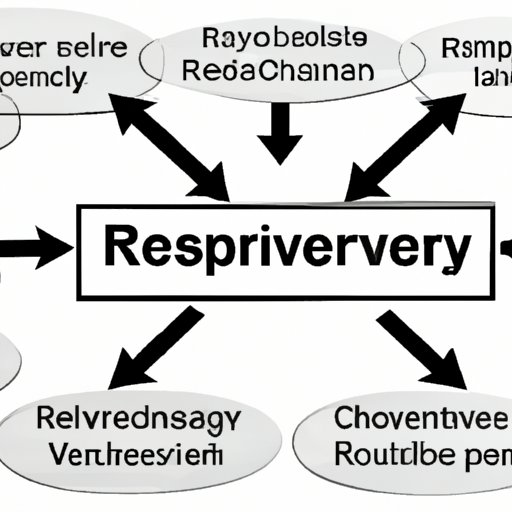Introduction
Reverse supply chains are an increasingly important part of modern business operations. A reverse supply chain is a system for managing and optimizing the flow of materials and products from the end user back to the manufacturer. Reverse supply chains are becoming more important as companies seek to reduce costs, minimize waste, and increase efficiency. In this article, we explore the benefits, challenges, and opportunities of implementing a reverse supply chain in your business.

Definition of Reverse Supply Chain
To understand what a reverse supply chain is, it is important to first understand the concept of a traditional supply chain. A traditional supply chain is a system for managing the flow of materials and products from suppliers to manufacturers to retailers to customers. The reverse supply chain, on the other hand, is a system for managing the flow of materials and products from customers back to suppliers and manufacturers. This process involves collecting used or defective products from customers, refurbishing them, and returning them to the supplier or manufacturer for reuse or recycling.
Overview of the Benefits of Reverse Supply Chains
Reverse supply chains can offer a number of benefits to businesses. First, they can help businesses reduce costs by reducing the need to purchase new materials and products. Second, they can help businesses reduce waste by reusing or recycling materials and products instead of disposing of them. Finally, they can help businesses improve efficiency by streamlining the process of collecting, refurbishing, and returning materials and products.
Implementing Reverse Supply Chains in Your Business
Implementing a reverse supply chain in your business can be a complex process. It is important to understand the basics of reverse supply chain management and how technology can be used to optimize the process. Additionally, it is important to be aware of the challenges and opportunities that come with implementing a reverse supply chain in your business.

Understanding the Basics of Reverse Supply Chain Management
Reverse supply chain management involves managing the flow of materials and products from customers back to suppliers and manufacturers. This process requires careful planning and coordination between different stakeholders, including suppliers, manufacturers, customers, and logistics providers. It is important to ensure that all stakeholders understand their roles and responsibilities in the process and have access to the necessary information and resources.
Examining the Role of Technology in Reverse Supply Chains
Technology can play a crucial role in improving the efficiency and effectiveness of reverse supply chains. Technologies such as artificial intelligence, machine learning, and blockchain can be used to automate the collection, tracking, and analysis of data related to the reverse supply chain process. Additionally, technologies such as automated inventory management systems can be used to optimize the storage, retrieval, and delivery of materials and products.

Analyzing the Challenges and Opportunities of Reverse Supply Chains
Reverse supply chains can present both challenges and opportunities for businesses. On the one hand, there are logistical and operational challenges associated with managing the flow of materials and products from customers back to suppliers and manufacturers. On the other hand, there are opportunities to reduce costs, minimize waste, and increase efficiency through the implementation of a well-managed reverse supply chain.
Conclusion
Reverse supply chains are an increasingly important part of modern business operations. They offer a number of benefits, including cost savings, waste reduction, and improved efficiency. Additionally, they can present both challenges and opportunities for businesses, depending on how they are managed. To take advantage of the potential benefits of a reverse supply chain, it is important to understand the basics of reverse supply chain management and how technology can be used to optimize the process.
In summary, reverse supply chains offer businesses the opportunity to reduce costs, minimize waste, and increase efficiency. However, it is important to be aware of the challenges and opportunities that come with implementing a reverse supply chain in your business. With the right planning and management, businesses can take advantage of the potential benefits of implementing a reverse supply chain.
(Note: Is this article not meeting your expectations? Do you have knowledge or insights to share? Unlock new opportunities and expand your reach by joining our authors team. Click Registration to join us and share your expertise with our readers.)
